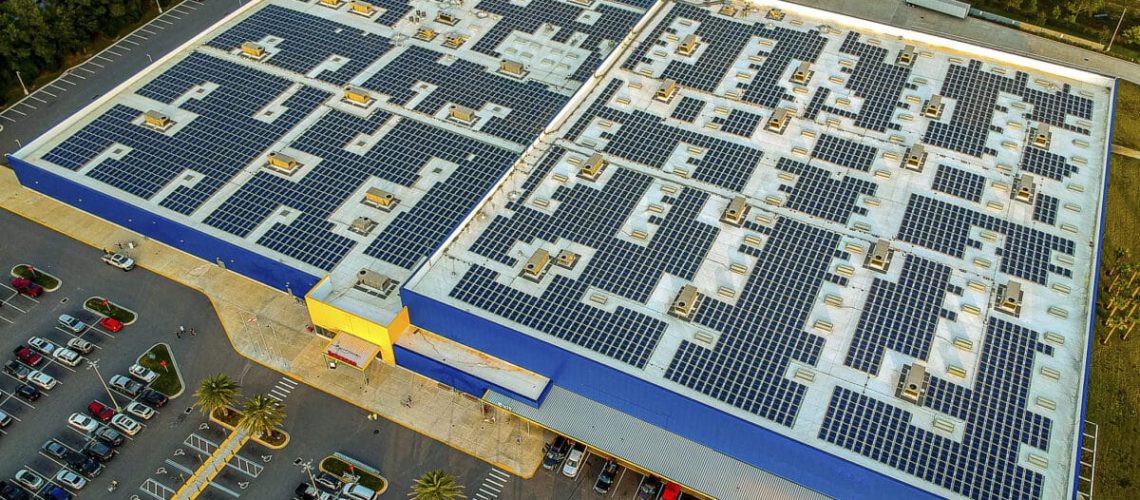In the keynote speech on Day Three of pv magazine Week, John Smirnow discussed the Inflation Reduction Act as industrial policy and how the U.S. has the opportunity to be a true leader in solar manufacturing.
On Day Three of pv magazine USA Week, John Smirnow, former senior vice president of supply chain at Solar Energy Industries Association, said the solar industry has successfully driven down the cost of solar energy to the point where today solar is the largest source of new electricity generation capacity in the U.S. That speaks to solar becoming a critical aspect of energy infrastructure, which is essential to our country’s national security, he said. “It’s not enough to say we need to deploy more solar, build more power stations. If we’re over-reliant on imports or over-reliant on one country or a few countries, that is not a resilient system.”
To build this the right way we need to get away from the narrative that it’s all about cost, he warned. He dismissed several scenarios about procuring low-cost solar from China or other countries, stressing that all segments of our industry needs to be healthy.
Yes, we may have to pay more for solar in the U.S., Smirnow acknowledged, saying that people need to recognize that solar is a national security imperative and we will have to pay more. Some people point to other countries where they may be getting solar for ten cents, but he said that’s artificial pricing. “We will have to pay more for it, but that’s sustainable pricing.”
With the Inflation Reduction Act (IRA), the U.S. now has a robust industrial policy that is designed to grow the U.S. economy, strengthen national security and reduce carbon emissions, Smirnow said. While the principal driver is reducing carbon, he noted that all three are equally important. Technology leadership today requires investing in American manufacturing. We have technology leadership in the U.S. today, and he called for the U.S. to up its solar manufacturing target from 50 GW to 100 GW of capacity by 2030.
Ramping up the solar supply chain to 100 GW is possible, Smirnow said, in part because we already have many pieces of the chain in development. We have polysilicon manufacturing capacity in the U.S. today. We have tracker technology and the U.S. is now manufacturing microinverters.
One of the advantages of building additional manufacturing capacity in the U.S. is that it anchors communities. Smirnow noted that solar is the highest jobs multiplier of any industry, and when it creates one manufacturing job, it’s supporting seven others. He also noted that while some say that the new factories are too automated, which will mean fewer jobs, he said that automation is actually a good thing because it increases the output of each worker. Plus, he added that focusing on a single factory or a single type of factory is shortsighted—once we have enough solar manufacturing capacity, the U.S. can move into building automation equipment.
Diversification
According to the International Energy Agency, diversification is key so we’re not relying on any one country, Smirnow said, noting that the U.S. solar industry has an opportunity to work with European equipment manufacturers to make the machine tools we need to onshore solar manufacturing.
The bottom line for achieving true American solar energy independence is for all segments of the market to be healthy, which means that all aspects of the supply chain needs to make a profit. Smirnow concluded that If we invest in research and development and grow U.S. manufacturing, we can have a sustainable pricing environment and a cleaner U.S. supply chain.



